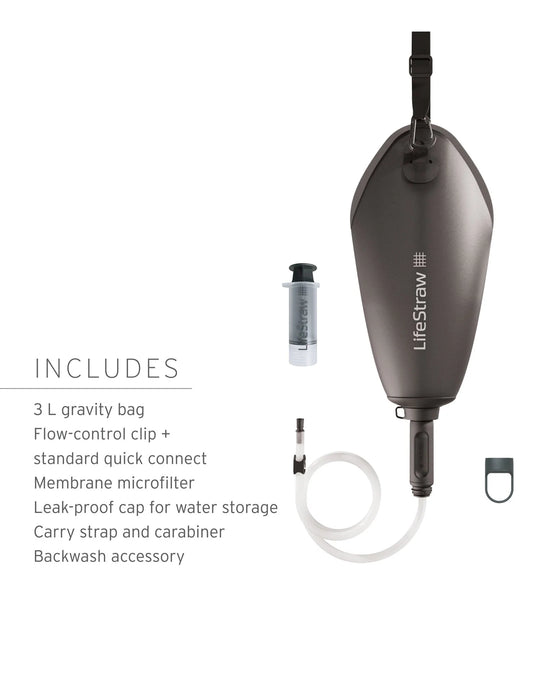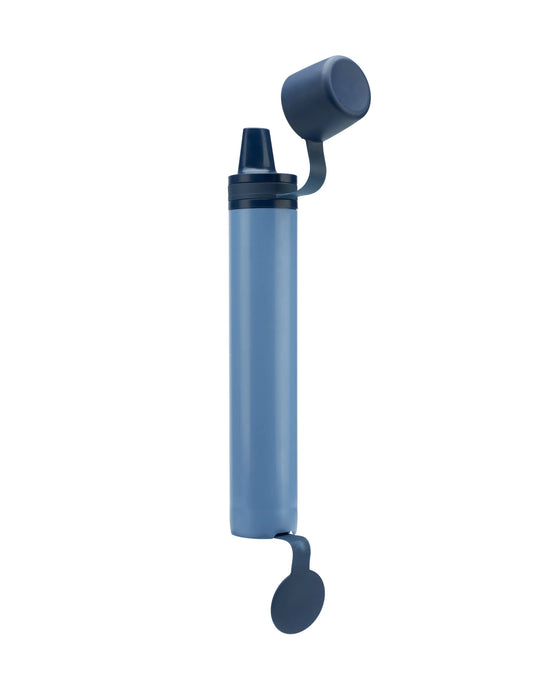Collection: LifeStraw
LifeStraw is a brand of water filtration and purification devices. The first product (the original LifeStraw) was designed as a portable water filter "straw". It filters a maximum of 4000 liters of water, enough for one person for three years. It removes almost all the waterborne bacteria, microplastics, and parasites. A bottle was later developed which incorporated a LifeStraw cartridge into a 650-milliliter (22 US fl oz) BPA-free plastic sports water bottle. In addition to these portable filters, the manufacturer also produces high-volume purifiers powered by gravity that also remove viruses. These are designed for family and community use.
The LifeStraw water filters are designed by the Swiss-based Vestergaard Frandsen. While originally developed for people living in developing nations and for distribution in humanitarian crises, LifeStraw water filters have gained popularity as consumer products. The LifeStraw is now used as a tool for survivalists and outdoor enthusiasts in addition to being used to help combat clean water scarcity worldwide. LifeStraw water filters can provide clean water without the need for batteries or chemical treatment. All LifeStraw filters are made using hollow fiber membrane technology. Some of them also incorporate an activated carbon component.
The original LifeStraw and LifeStraw Family were distributed in the 2010 Haiti earthquake, 2010 Pakistan floods, 2011 Thailand floods, and 2016 Ecuador earthquake, among other crises and initiatives. In the Mutomo District in Kenya which has suffered from long-term drought, the Kenya Red Cross supplied filters to 3,750 school children and 6,750 households. In 2015, LifeStraw filters were deployed in Rwanda. The company also funds a retail give-back program that as of 2018 has provided safe water to more than 1 million school children in rural Kenya.
Contrary to popular belief, the original LifeStraw does not incorporate a reverse-osmosis membrane nor is it able to filter out salts or minerals




